Recently, I took a short hike on a trail in the Great Smoky Mountains National Park. The trek wound through dense forest, across quick-flowing mountain streams, and ended in a short climb to the base of a towering waterfall.
‘Return to Reason and Faith’
The restorative experience was reminiscent of what Ralph Waldo Emerson describes in his 1836 book “Nature”:“In the woods, we return to reason and faith. There I feel that nothing can befal [sic] me in life,—no disgrace, no calamity…which nature cannot repair. Standing on the bare ground,—my head bathed by blithe air, and uplifted into infinite space,—all mean egotism vanishes.”
Emerson maintains that individuals can seek peace and solitude through connection with the natural world. This notion is particularly important in our modern existence, as it seems that mankind’s spiritual and physical relationship with the environment is fractured and continually degrading.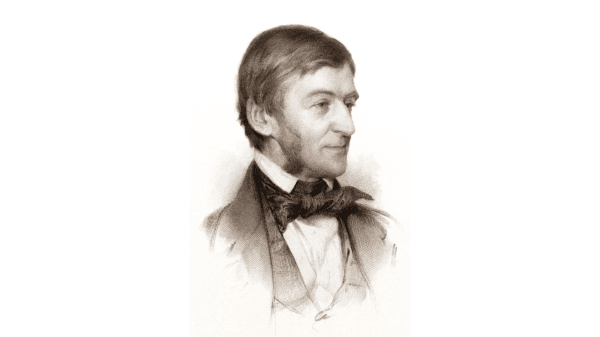
Emerson’s “Nature” is largely credited to have begun the philosophical and literary movement of American Transcendentalism that included writers such as Henry David Thoreau, Margaret Fuller, and George Ripley. Transcendentalism’s basic premises and ideals would go on to influence important sociopolitical changes in American society such as the abolition of slavery, women’s rights, and the establishment of a national park system.
Love of Beauty
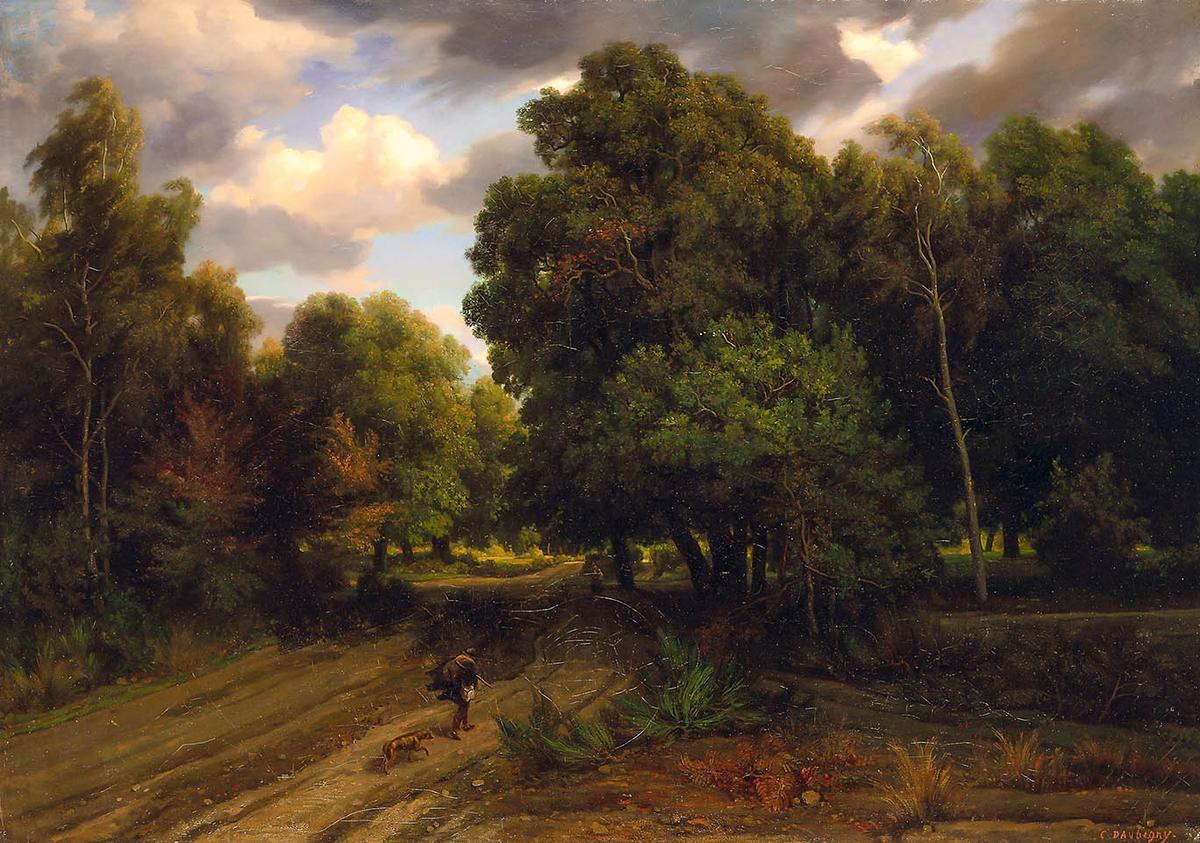
“All men are in some degree impressed by the face of the world. Some men even to delight. This love of beauty is Taste. Others have the same love in such excess, that, not content with admiring, they seek to embody it in new forms. The creation of beauty is Art. The production of a work of art throws a light upon the mystery of humanity. … A leaf, a sun-beam [sic], a landscape, the ocean, make an analogous impression on the mind. What is common to them all—that perfectness and harmony, is beauty.”
Art and philosophy have similar aims toward ultimate enlightenment, only that the poet seeks beauty while the philosopher seeks out truth. The ultimate goals of both artist and philosopher begin as ideas birthed from a connection to nature. Emerson states:“It is, in both cases, that a spiritual life has been imparted to nature; that the solid seeming block of matter has been pervaded and dissolved by a thought; that this feeble human being has penetrated the vast masses of nature with an informing soul, and recognized itself in their harmony. …”
Harmony between the individual, nature, and God is key to understanding Emerson’s arguments regarding nature’s importance and power. Many of his theories that regard humanity and social interactions all stem from the regenerative power of nature and its connection to the divine.Nature’s Regenerative Power
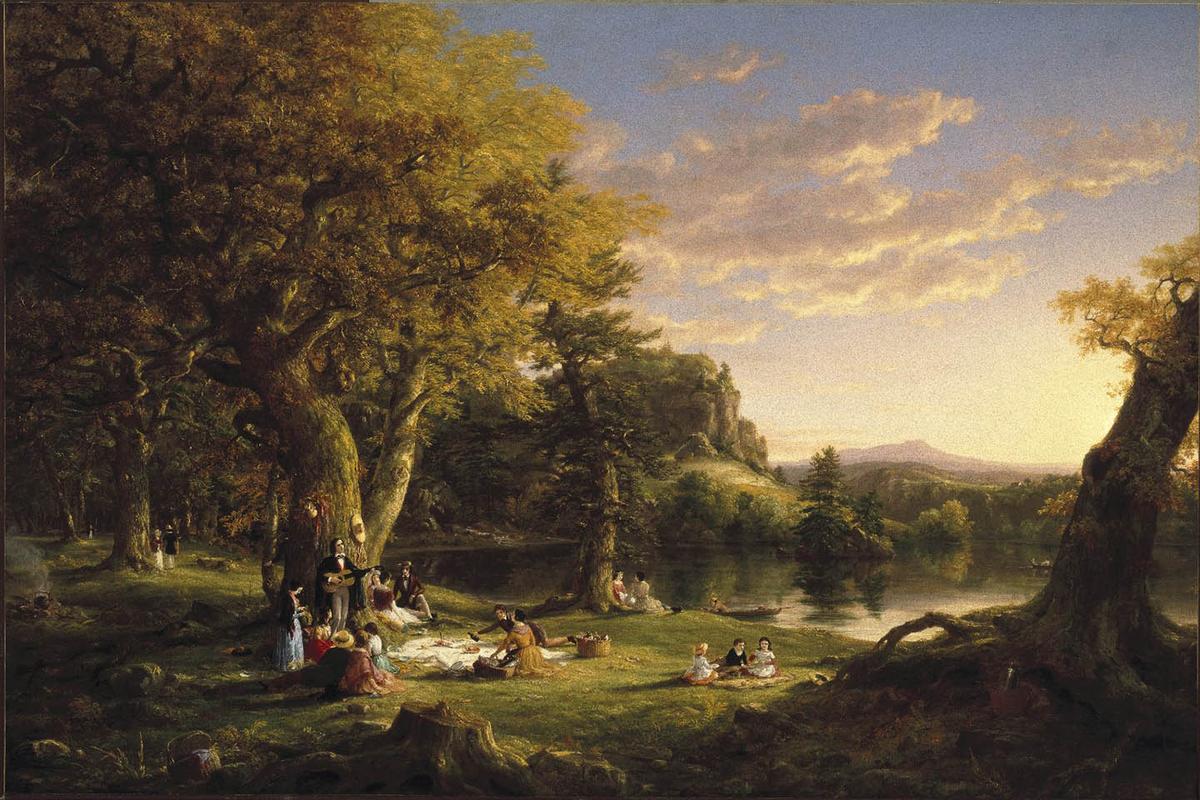
The motif of rebirth as part of nature’s regenerative power is, for Emerson, an essential part of human spiritual awakening. He compares the newborn child to the death of an elderly man as nature’s gift of continual opportunities for deeper human understanding and spiritual transcendence.
For men and women to tap into this potential, one must connect with nature to truly contemplate beauty and the relationship one has to the planet and universe.
Considering the chaos of today’s world, it is important to take a moment and reacquaint oneself with nature—not just for activity or leisure, but for brief contemplation and spiritual connection. Emerson maintains that beauty can be found even in mundane tasks, through introspection and contemplation.
“As when the summer comes from the south, the snow-banks melt, and the face of the earth becomes green before it, so shall the advancing spirit create its ornaments along its path, and carry with it the beauty it visits, and the song which enchants it; it shall draw beautiful faces, and warm hearts, and wise discourse, and heroic acts around its way, until evil is no more seen.”
As summer approaches and the days grow warmer and longer, be sure to take time to contemplate the beauty of nature around you. The water in the streams, the leaves on the trees, and even the afternoon rainstorms that leave vibrant rainbows in their wake.Take a deep breath and consider how nature’s balance provides beauty, enlightenment, sustenance, and constant opportunities for spiritual rejuvenation.

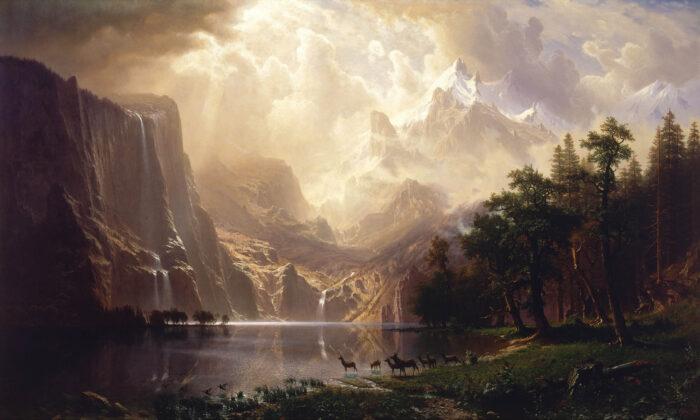


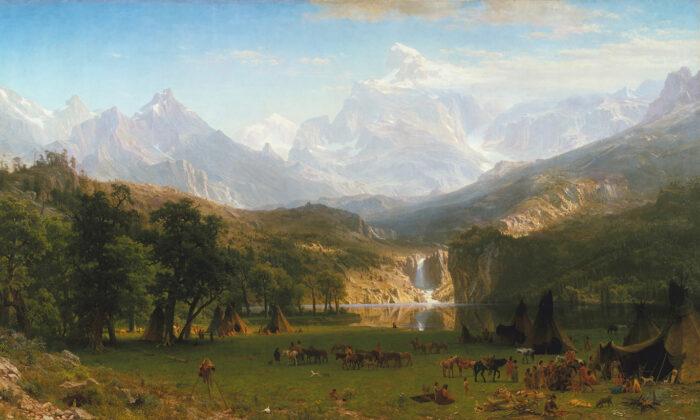
Friends Read Free